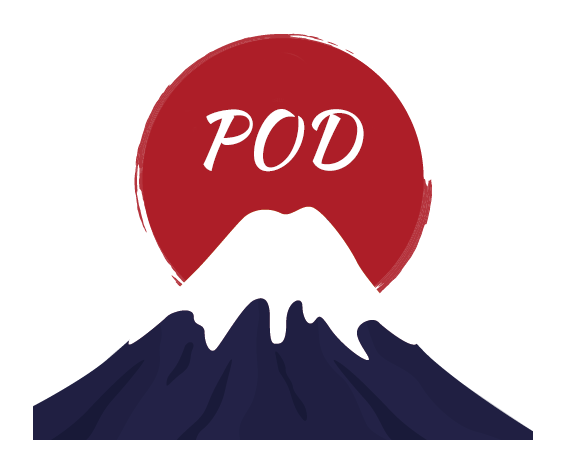Ukiyo-e is a traditional Japanese art form that originated during the Edo period (1603-1868). It is characterized by woodblock prints depicting various subjects such as landscapes, portraits, and scenes from everyday life. Over the centuries, ukiyo-e has evolved and transformed, reflecting the changing society and artistic trends of Japan. This article takes you on a journey through the centuries of Japanese art, exploring the evolution of ukiyo-e and its significance in Japanese culture.
During its early years, ukiyo-e prints primarily depicted the glamorous and hedonistic lifestyle of the urban population in Edo (now Tokyo). The term "ukiyo-e" itself translates to "pictures of the floating world," referring to the transient and fleeting nature of life. Artists captured scenes from the pleasure quarters, kabuki theaters, and teahouses, showcasing the beauty of courtesans, actors, and other popular figures of the time. These prints were highly sought after by the growing middle-class population, who could afford to purchase and display them in their homes.
As the popularity of ukiyo-e grew, so did the range of subjects depicted in the prints. Artists began to explore landscapes, nature, and historical themes, expanding the scope of ukiyo-e beyond the urban lifestyle. The introduction of new techniques, such as the use of multiple woodblocks for color printing, allowed for more intricate and vibrant prints. This period marked the golden age of ukiyo-e, with renowned artists like Hokusai and Hiroshige creating iconic works that are still celebrated today.
However, the Meiji Restoration in the late 19th century brought significant changes to Japan, including the decline of the samurai class and the rapid modernization of society. Ukiyo-e, once a reflection of the urban culture, faced challenges in adapting to the new era. Western influences began to shape Japanese art, and traditional ukiyo-e was seen as outdated and irrelevant. Many artists shifted their focus to Western-style painting and other modern art forms.
Despite these challenges, ukiyo-e managed to survive and even experience a revival in the 20th century. A new generation of artists recognized the historical and cultural value of ukiyo-e and sought to preserve and revive the art form. They experimented with new techniques and incorporated elements of Western art, creating a fusion of traditional and modern styles. Today, ukiyo-e continues to be appreciated and collected by art enthusiasts worldwide.
The evolution of ukiyo-e reflects not only the changing artistic trends but also the social and cultural shifts in Japanese society. From its origins as a representation of the urban lifestyle to its adaptation to modern influences, ukiyo-e has remained a significant part of Japanese art history. Its enduring popularity and impact on contemporary art demonstrate the timeless beauty and appeal of this unique art form.
In conclusion, the evolution of ukiyo-e mirrors the evolution of Japanese society and culture. From its humble beginnings as prints of the floating world to its transformation and survival in the face of modernization, ukiyo-e has stood the test of time. It continues to be a cherished art form that captures the essence of Japan's rich history and artistic heritage.
Related recommendations:
Products designed with the 10 most popular ukiyo-e themes.

